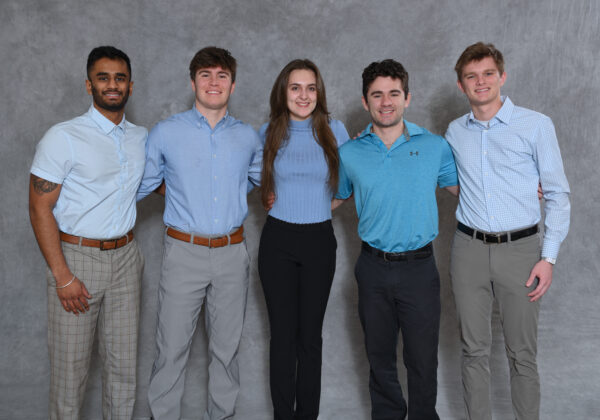Hypothesized Surface: Landing System for Hypothesized Surfaces – MSU – A
“Tungsten Titans”
INSTITUTION
Michigan State University (MSU)
CLASS
Tungsten Class (2023 – 2024)
STUDENT TEAM
Carter Beck, Mechanical Engineering
Catherine Schenone, Mechanical Engineering – Aerospace Concentration
Enido Shyti, Mechanical Engineer
Noah Benson, Mechanical Engineering
ACADEMIC GUIDANCE
Dr. Ahmed Naguib
PROJECT DESCRIPTION
A manner by which a future mission might land on the surface of the asteroid (16) Psyche was developed. The first step was researching spacecrafts produced by NASA and other space organizations worldwide to gather information on past landing missions. Simultaneously, preliminary gravitational and orbital mathematical analyses were completed regarding the potential protoplanet to gain a base of understanding of the physics involved. Once a preliminary understanding was established, more in-depth research was conducted involving specifically relevant landers, probes, and landing methods utilized in recent history. Various designs were selected for this potential future mission, and using a code generated by the team, landing calculations were performed for this design. The final product included different design characteristics which were suggested to be included in the final design of a lander-craft depending on what is learned about Psyche as the current orbiter mission ventures closer, as well as a code that can be used to calculate many key landing values based on where it is desired for the spacecraft to land.


